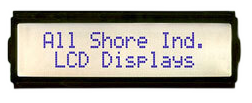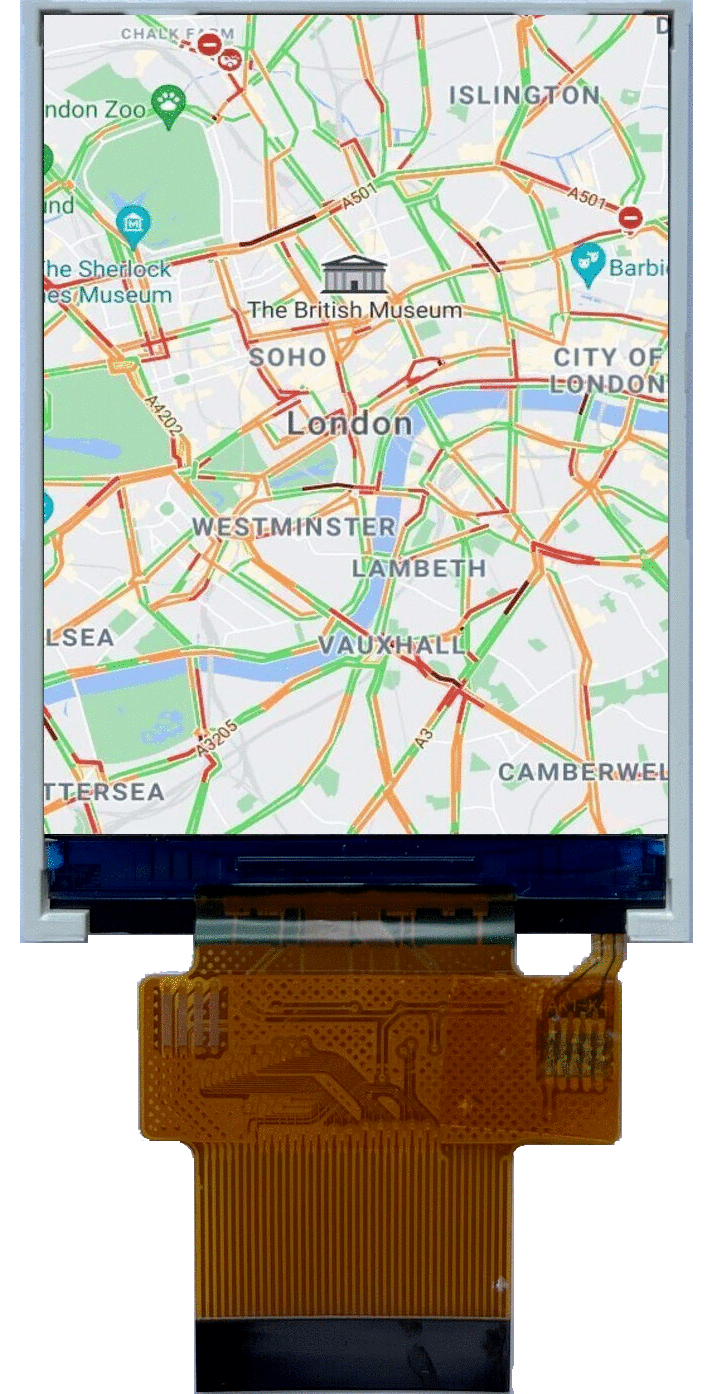An In-Depth Guide to Liquid Crystal Displays (LCDs)
What to know about lcd liquid crystal displays
Liquid Crystal Displays (LCDs) have transformed how we interact with technology. This versatile technology has become the backbone of modern display systems, from smartphones to industrial equipment. Let’s dive into LCDs to understand how they work and their importance.
What Are Liquid Crystal Displays?
An LCD liquid crystal display is a flat-panel display technology that utilizes liquid crystals and polarized light to create images. Unlike older cathode-ray tube (CRT) displays, LCDs are thinner, lighter, and significantly more energy-efficient. Instead of emitting light, liquid crystals control light from a backlight or reflector to produce visuals.
Monochrome LCD Displays

Monochrome LCDs, the simplest form of this technology, excel at displaying basic text and symbols. You’ve likely seen them in calculators, some instruments, home appliances, and industrial panels.
- Character Displays: These use grids of segments to form characters, typically in a 5x8 or 5x11 dot matrix. They’re cost-effective, long-lasting, and have excellent readability, often featuring crisp black text on white, green, or yellow backgrounds.
- Graphic Displays: For greater flexibility, graphic displays allow you to control each pixel, enabling more complex visuals, such as patterns and custom fonts. They’re ideal for applications that require simple yet customizable imagery.
Color TFT LCD Displays

Thin-film transistor (TFT) LCDs take things to the next level, delivering vibrant colors and sharp images. They’re a cornerstone of modern devices like smartphones, laptops, and automotive displays.
- How They Work: TFT displays consist of multiple layers, including a backlight, liquid crystals, a TFT layer that controls individual pixels, and a color filter that creates RGB subpixels. Together, they produce the vivid images we see on our screens.
- Touch Panels: Many TFT LCDs also feature touch functionality, which comes in two main types:
- Resistive: Pressure-sensitive and durable, but lacks multitouch capability.
- Capacitive: More responsive and multitouch-enabled, making it ideal for devices like smartphones.
Operating in Extreme Temperatures
LCD liquid crystal displays are sensitive to temperature, and their performance can suffer in extreme conditions. For instance, cold temperatures can slow response times, while heat can distort images.
- Solutions: To overcome these challenges, manufacturers produce specialized LCDs, such as wide-temperature models (-20°C to 70°C) for industrial use or ultra-wide variants (-40°C to 85°C), primarily for military and aerospace applications. Some displays even include heating elements for use in sub-zero environments or advanced cooling systems for hot climates.
Comparing Monochrome and Color LCDs
|
Feature
|
Monochrome Displays
|
Color TFT Displays
|
|
Resolution
|
Low to medium
|
High
|
|
Power Consumption
|
Low
|
Medium to high
|
|
Complexity
|
Simple
|
Slightly Complex
|
|
Cost
|
Lower cost
|
Higher Cost
|
|
Applications
|
Basic devices, industrial panels
|
Smartphones, automotive systems
|
Conclusion
LCD technology has come a long way, evolving to meet diverse needs. Monochrome displays are ideal for low-cost, power-efficient applications, while color TFT displays excel in high-resolution, interactive devices. By addressing challenges such as extreme temperatures, LCDs have demonstrated their versatility across various industries, including wearables and aerospace.
Understanding the strengths and limitations of different LCD types ensures that you can make the right choice for your project, regardless of the application.